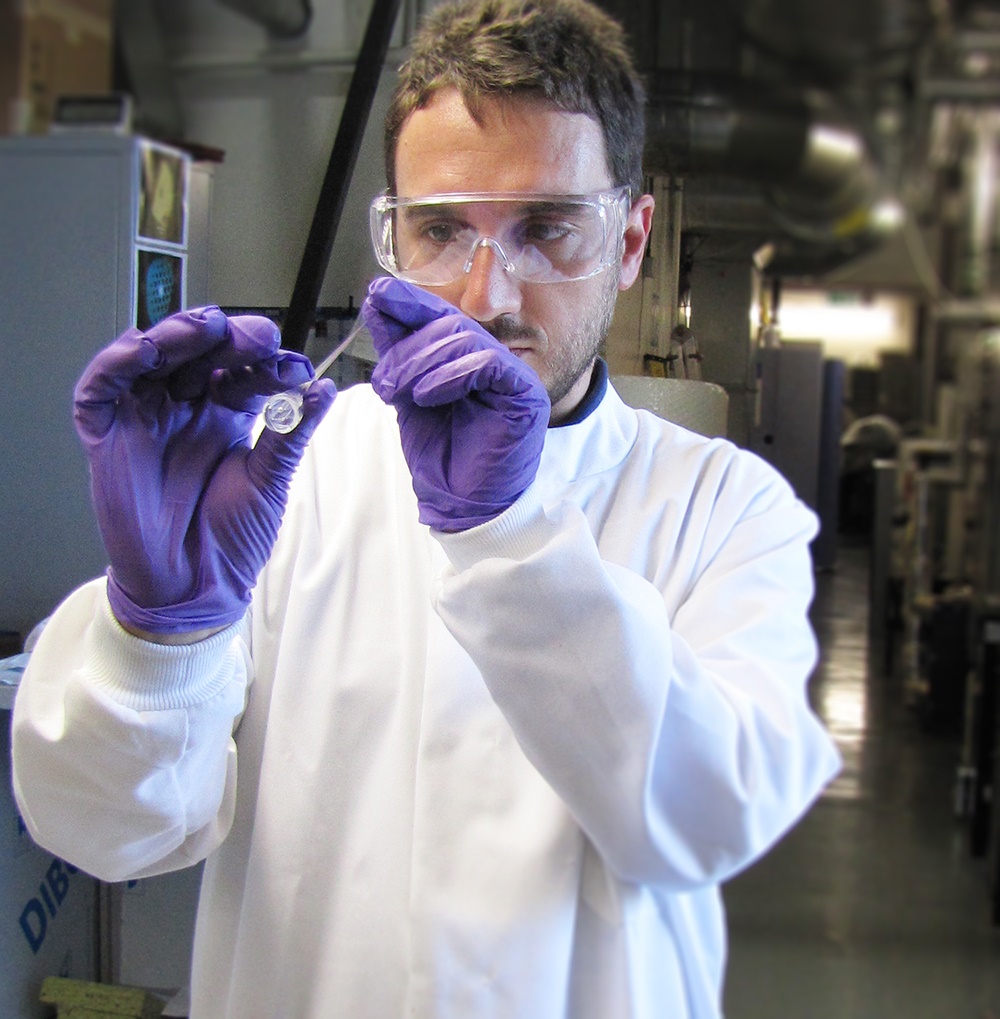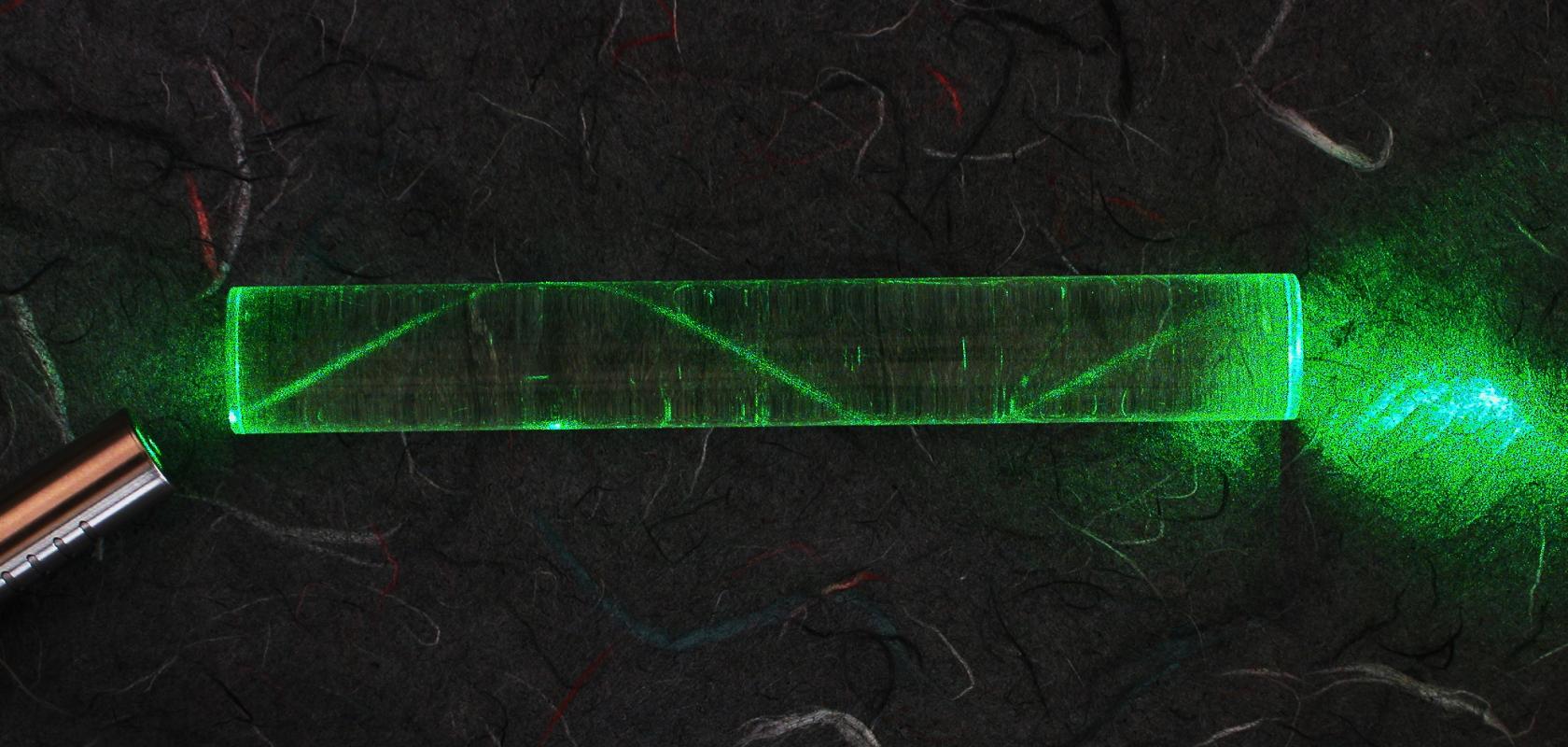Fibre lasers are growing in popularity for applications in a wide variety of fields, including aerospace, automotive, dental, scientific, sensors, solar and medical. They are appreciated for their versatility and ease-of-use, as much as for their accuracy and low running costs.
A report from Research and Markets describes the future of the fibre laser market as ‘attractive, with opportunities in material processing, instrumentation and measurement, and other applications.’ In fact, according to the Fibre Laser Market Report: Trends, Forecast and Competitive Analysis, the market is predicted to reach $4.7bn by 2024, with a CAGR of 10.6 per cent from 2019 to 2024.
The main reasons, according to Research and Markets, include a rising demand for high-powered laser machines for cutting and welding, the need for laser beams with high beam quality, the low maintenance costs of fibre laser technology, and a growing demand for 3D printing.
Some of the emerging trends to impact the industry include the emergence of ribbon core fibres, the development of eco-friendly technology, and the introduction of fibre lasers in lidar systems in autonomous vehicles.
However, the report states that materials processing will remain the largest application over the forecast period. An increase in the adoption of fibre lasers in material processing procedures, such as cutting, welding, cladding, brazing and drilling is expected to continue to drive this market.
Staying power
The materials processing market is experiencing an increased demand for fibre lasers with a higher average power, higher pulse energy and higher peak power. Scientists have been working hard to develop products and equipment that will make the next generation of megawatt fibre lasers, and the design of the optical fibre used is integral to this work.
Researchers at the Optoelectronics Research Centre (ORC) at the Zepler Institute for Photonics and Nanoelectronics in Southampton have demonstrated that hollow-core fibre – a fibre that guides light in a hollow region, so only a minor portion of the optical power propagates in the solid glass material – can exhibit up to 1,000 times better polarisation purity than state-of-the-art solid core fibres.
The fibre’s latest advances, which were published in Nature Photonics, have, say the researchers, underlined its potential for next-generation optical interferometric systems and sensors. In addition, it offers the flexible delivery and coherent combination of intense polarised radiation for the next generation of megawatt fibre lasers.
Hollow-core optical fibres are designed to combine the free-space propagation performance of advanced interferometers with the length scales of modern optical fibres by guiding light around bends in an air or vacuum-filled core.
Professor Francesco Poletti, head of the ORC’s Hollow Core Fibre Group, said: ‘By eliminating the glass from the centre of the fibre, we have also eliminated the physical mechanisms by which the polarisation purity of an input beam can be degraded. As a result, our fibres provide qualities that represent a paradigm shift toward a huge leap in performance.’
Poletti explained that propagating light waves while preserving their essential attributes, is fundamental to any application that uses light to sense the environment, or to transmit data and power.

Professor Francesco Poletti, head of the Hollow Core Fibre Group at ORC has been leading research in hollow core fibre (credit: ORC)
High-performance interferometers, gyroscopes and frequency combs, for example, use the wavelength of light as a miniature ruler for measurement with accurate precision. Fibre lasers channel and amplify the light through a fibre optic cable similar to those used for data transfer. All of these instruments rely on the transmission of light beams with the highest possible spatial, spectral and polarisation purity.
‘With an attenuation as low as 0.28dB/km,’ said Poletti, ‘and the prospect of soon achieving levels potentially below the Rayleigh scattering limit of conventional fibres, such waveguiding structures could soon provide vacuum-like guidance purity and environmental insensitivity at bespoke wavelengths, and over hundreds of kilometres, for the next generation of photonics-enabled scientific instruments.’
To achieve the best performance, scientists currently need to propagate light through free-space in a vacuum, for example, such as in the 4km arms of the Laser Interferometer Gravitational-Wave Observatory (LIGO) in the USA. However, these advanced instruments are expensive and can be impractical at much shorter-length scales. Glass optical fibres offer an effective alternative in sensing technologies, but they can, said the researchers, degrade polarisation purity and suffer from detrimental nonlinear effects. As demonstrated by the research, hollow-core fibres can overcome these challenges to enhance the potential of such instruments.
This latest Southampton research was sponsored by the European Union-funded LightPipe Project, which builds upon decades of work at the ORC. The centre’s director, Professor Sir David Payne, said: ‘The ideal way to transport light is in an optical fibre, but that normally leads to an uncertain, wandering polarisation state and drift in the sensor. It is a great surprise to find that certain types of hollow-core fibre can preserve a stable polarisation over long distances. This observation will have a huge impact on next-generation optical sensors. Hollow-core fibres continue to amaze us in ways that appear as if the fibre was not there – just like a vacuum with no diffraction.’
In the hand
Researchers from the ORC, alongside the university’s school of chemistry, and faculty of medicine, have also recently been awarded a £2.4m grant as part of a project designed to allow for rapid detection of disease using invisible light.
The research will look to develop handheld devices that can be used in GP surgeries and on hospital wards, which enable doctors and nurses to see inside a patient’s body and provide fast diagnoses and considerable savings for the National Health Service.
The aim will be to find an alternative solution to MRI scans, which are expensive and require a potentially toxic contrast agent to be injected into the patient’s body; x-rays, which can also be dangerous and only show bones; and ultrasound, which, while non-invasive, do not provide high-resolution images.
As a potential solution, the team developed fibre lasers that can go to 5mm, deep enough to diagnose melanomas, and then to tens of millimetres, allowing healthcare workers to look at joints and bones.
The benefits of such far-red lasers is that they do not scatter as much. The early stages of the research will see the ORC team test the products they develop on osteoporosis and osteoarthritis samples with the medicine faculty.
The project will be led by Professor Mark Bradley, from the University of Edinburgh, and has received total funding of £6.8m from the Engineering and Physical Sciences Research Council. The University of Southampton’s allocation of £2.4m will be used to develop and test the imaging technologies, led by Professor Sumeet Mahajan, professor in molecular biophotonics and imaging. The University of Nottingham is also a partner in the project.
Professor David Richardson, ORC deputy director, said: ‘The fibre lasers in this new range of far-red wavelengths have the potential to revolutionise medical imaging.’
While the project is still in its infancy, and little has been revealed about the optical fibre design, it is one of many examples of research institutes looking at new ways to use fibre lasers for medical applications.
Paris-Sorbonne University has been testing fibre laser technology for urologists to use in stone lithotripsy and soft tissue applications. In particular, the team – led by Dr Olivier Traxer, investigated the use of thulium fibre laser technology for kidney stone treatment, and published its findings in the World Journal of Urology.

Thulium fibre laser technology is making strides in kidney stone treatment applications (credit: University Sorbonne)
Pump it up
As one might expect, the thulium fibre laser consists of a very thin and long silica fibre, which has a 10–20µm core diameter and is between 10 and 30m long, which has been chemically doped with thulium ions. For laser pumping, multiple diode lasers are used to excite the thulium ions. The emitted laser beam has a wavelength of 1,940nm and can either operate in a continuous mode or adopt a pulsed mode in a large range of various energy, frequency and pulse shape settings.
Traxer explained that the design’s efficiency is higher than that of the flashlamp-pumped solid state holmium:YAG laser, because the emission spectrum of the diode laser used for laser pumping precisely matches thulium ions’ absorption line. This means that the thulium fibre laser requires less heat dissipation and can potentially operate at high-power and frequency ranges. In addition, the architecture of fibre lasers is less sensitive to shock-related damages than its holmium:YAG counterpart, because no mirror is involved in the fibre laser design.
The spatial beam profile of the laser beam emitted from a thulium fibre laser, thanks to the small fibre core size in which the light originates, consists of only a few modes, and appears Gaussian in shape. The more uniform spatial beam profile enables simpler focusing of the beam, down to a very small spot for efficient coupling and transmission of high power through ultra-small fibres (50 to 100µm).
The team believes the operating characteristics of the thulium fibre laser suggest the technology has a significant potential for urinary stone treatment. So successful was the project, that it has
made the often challenging step of transferring to a real-life environment, within the Soltive SuperPulsed Laser System, from Olympus.
‘The regulatory approval and launch of the Soltive Laser System introduced thulium fibre laser technology into the medical world globally,’ said Traxer. ‘In doing so, Soltive ushers in a new era in endourology. I greatly anticipate being able to treat patients using this new system.’
Randy Clark, president of Olympus Medical Systems Group, said: ‘We are very proud to launch this revolutionary new laser system, developed through an innovative research and development partnership.
‘With the improved dusting, cutting and hemostasis performance, the Soltive Laser System is a significant leap forward in laser technology, that will assist urologists in achieving better outcomes.’
The Pulse project has demonstrated that a new fibre design could potentially deliver multi-kilowatt power, ultrashort pulse durations, repetition rates up to 1GHz and high beam quality in one small package.
The project’s most recent development uses tapered double-clad fibre (T-DCF) amplifiers, which offer the prospect of high power with excellent beam properties in a space-effective format, with production costs comparable with normal fibres. It means the increasingly important cost per watt of these ultrafast lasers may be ideally positioned for rapid industrial uptake, by delivering rapid investment returns from increased processing speed and precision.
A T-DCF is a double-clad optical fibre that is formed using a specialised drawing process, in which temperature and pulling forces are controlled to form a taper along the length of the fibre. By using pre-clad fibre preforms, both the fibre core and the inner and outer cladding layers vary in diameter and thickness along the full length of the fibre. This tapering enables the combination of the characteristics of conventional 8 to 10µm diameter double-clad single-mode fibres to propagate light in fundamental mode with those of larger diameter (50 to 100µm) double-clad multi-mode fibres used for optical amplification and lasing. The result is improved maintenance of pulse fidelity compared to conventional consistent diameter fibre amplifiers.
The fibre’s double-clad structure means that its core can be pumped with higher power than could be propagated in the core alone. The absorption and conversion of pump light-per-unit-length is higher in the tapered fibre compared to cylindrical fibres with similar levels of active ion doping. This is because of the improved clad mode mixing and the higher absorption at the thicker end of the taper, due to the thicker cladding. It additionally means that the rare-earth ion dopants are concentrated at the wide end of a T-DCF, since the geometry defines their presence as directly proportional to the square of the diameter.
One of the most significant advantages of T-DCF is the ease of production – using standard fibre preforms – in comparison to the complex technology and strict structural requirements of other high-power fibres.
Simple production techniques varying the drawing speed during the pulling process lead to the fibre diameter changing along its length.
The fibre can be coiled with a diameter as small as 35cm, making a high-power amplifier package very compact, without loss of performance.


